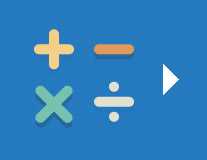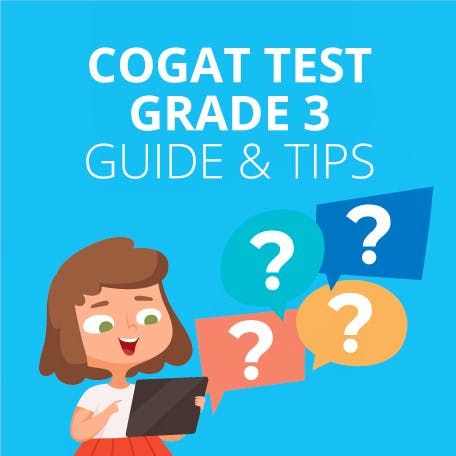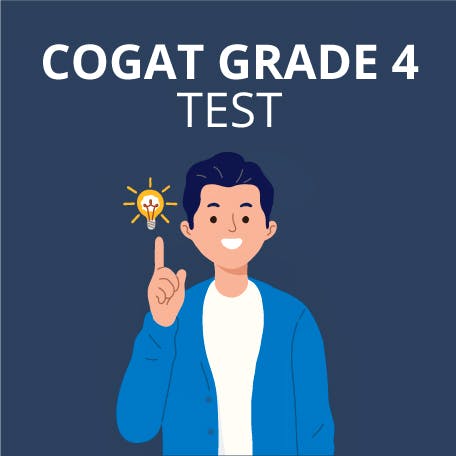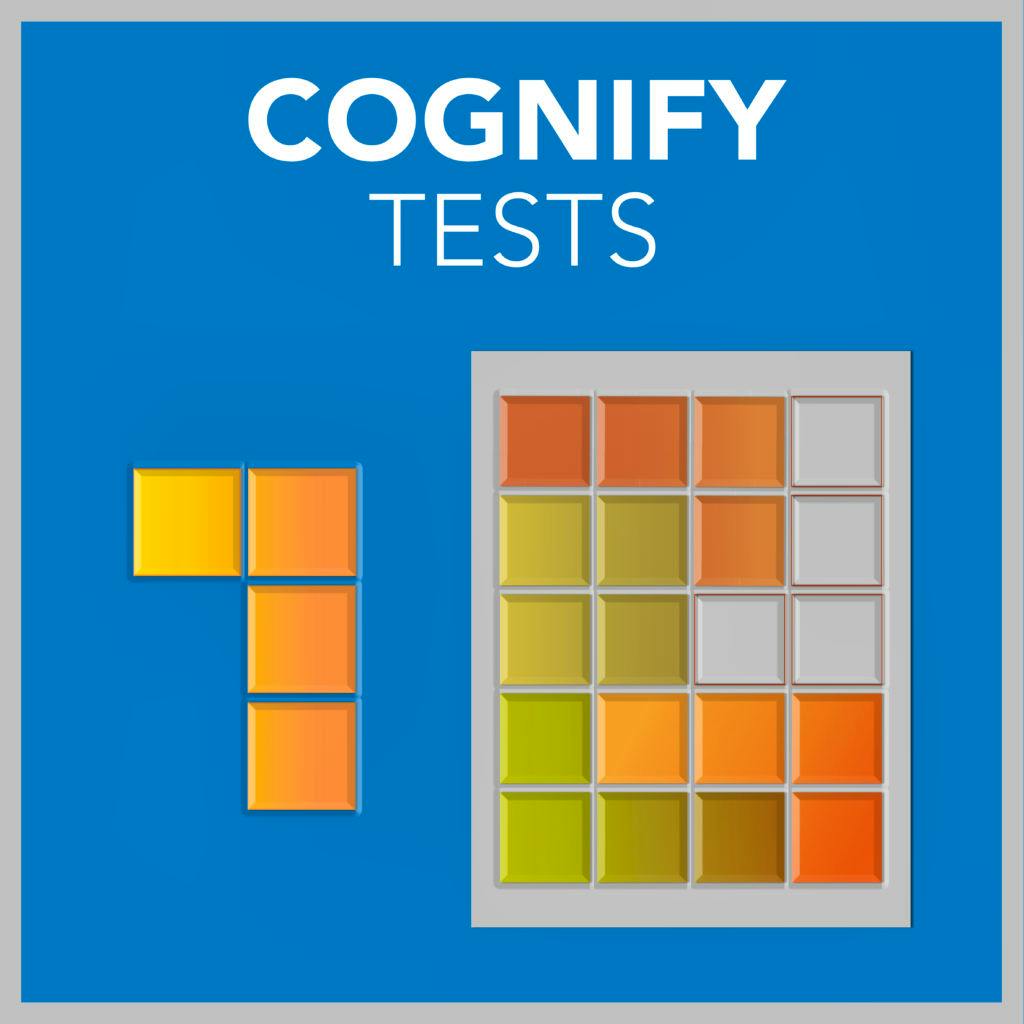A Full Guide to the CogAT Test 2nd Grade: Examples & Tips
Updated June 4, 2024
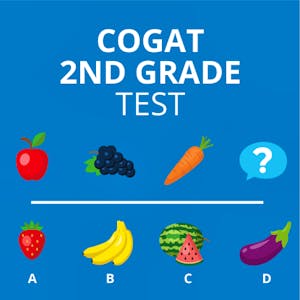

CogAT stands for Cognitive Abilities Test. These tests are normally administered by a classroom teacher or instructor, although some schools employ a specialist or test proctor to administer the test.
Many parents are interested in learning more about helping their children to succeed academically.
Achieving a high CogAT score could mean your child is eligible to join gifted or talented programs designed to enhance their development and learning.
In other schools, it is used as a tool to identify a pupil’s individual strengths or predict their future academic performance.
The CogAT test for 2nd grade is a cognitive ability test aimed at children around the age of eight years old.
It is often used as a pre-admission exam by gifted and talented schools and programs. It is designed to evaluate pupils’ cognitive abilities, including basic linguistic and math skills.
The test is made up of three sections or batteries:
- Non-verbal battery
- Verbal battery
- Quantitative battery
On the CogAT test 2nd grade, candidates are required to read the test questions instead of listening to the questions being read by the test proctor.
If you are looking for ideas on how to prepare your child for the CogAT test 2nd grade, read on to learn more.
What Is CogAT Test 2nd Grade?
The CogAT (Cognitive Abilities Test) was developed by Riverside Publishing, which is part of Houghton Mifflin Harcourt.
It is designed to assess problem-solving and reasoning skills in the following areas:
- Non-verbal
- Verbal
- Quantitative
Research has shown that high levels of ability in these three areas is linked to academic success.
If your child is considered potentially talented or gifted, they may be asked to sit a CogAT as part of the program entrance process.
Different CogAT tests are available for different age groups, from Kindergarten (K) up to grade 12.
In this article, you can find more information on the CogAT test 2nd grade. The CogAT test is used by schools across the US to help them identify exceptionally gifted pupils.
Each of the test levels corresponds to the age of the pupil sitting the test. For example, if your child is in grade 6 (aged 12), they will be sitting the Level 12 version of the test. Occasionally, schools may choose to administer a higher level CogAT to talented or gifted pupils; however, this is unusual.
Second grade pupils being considered for gifted programs will usually sit the CogAT Level 8 test. This test is made up of 154 questions and takes 122 minutes to complete.
The CogAT is available in two formats:
-
Primary/Picture format – This test is administered orally and used for early elementary classes. This format of the test ensures children who are unable to read fluently are not penalized. The instructions and questions are read out to children by an exam proctor. To answer the questions, children must color in a bubble below the image that represents their answer choice. If a very young child is taking the test, they may be permitted to point out their answer to an adult.
-
Multi-level/Text based CogAT – This version of the test is appropriate for older children taking the CogAT test 2nd grade.
The Structure of the CogAT Test Grade 2
Most of the questions on the CogAT are multiple-choice. The CogAT 2nd grade is made up of 154 questions. Pupils have 122 minutes to complete the exam.
The questions are split into the following categories:
-
Verbal battery – This part of the test looks at the candidate’s reading ability, vocabulary and English comprehension skills. Candidates must show verbal reasoning skills such as making judgments, memorizing information and making inferences.
-
Non-verbal battery – This part of the test assesses the candidate’s reasoning skills and ability to make links between two shapes or images. Candidates must study a series of pictures, icons and shapes, then answer questions relating to them.
-
Quantitative battery – For this part of the test, your child must work through a set of number puzzles, analogies and series questions.
CogAT Test Grade 2 Sample Questions
If you are wondering what to expect from the CogAT grade 2 test questions, here are some examples.
CogAT Practice Test 2nd Grade – Quantitative Battery
Study the following equation. What is the missing number?
Equation: 6 + 3 + 10 = 3 + 10 + ?
a) 3
b) 6
c) 9
d) 12
Study the following collection of words:
Black, white, purple, _______ ?
Which of the following words fits best with the words above?
a) Apple
b) Shadow
c) Pink
d) Color
Study the following image, then choose image a), b), c) or d), depending on which image you think makes up the set.
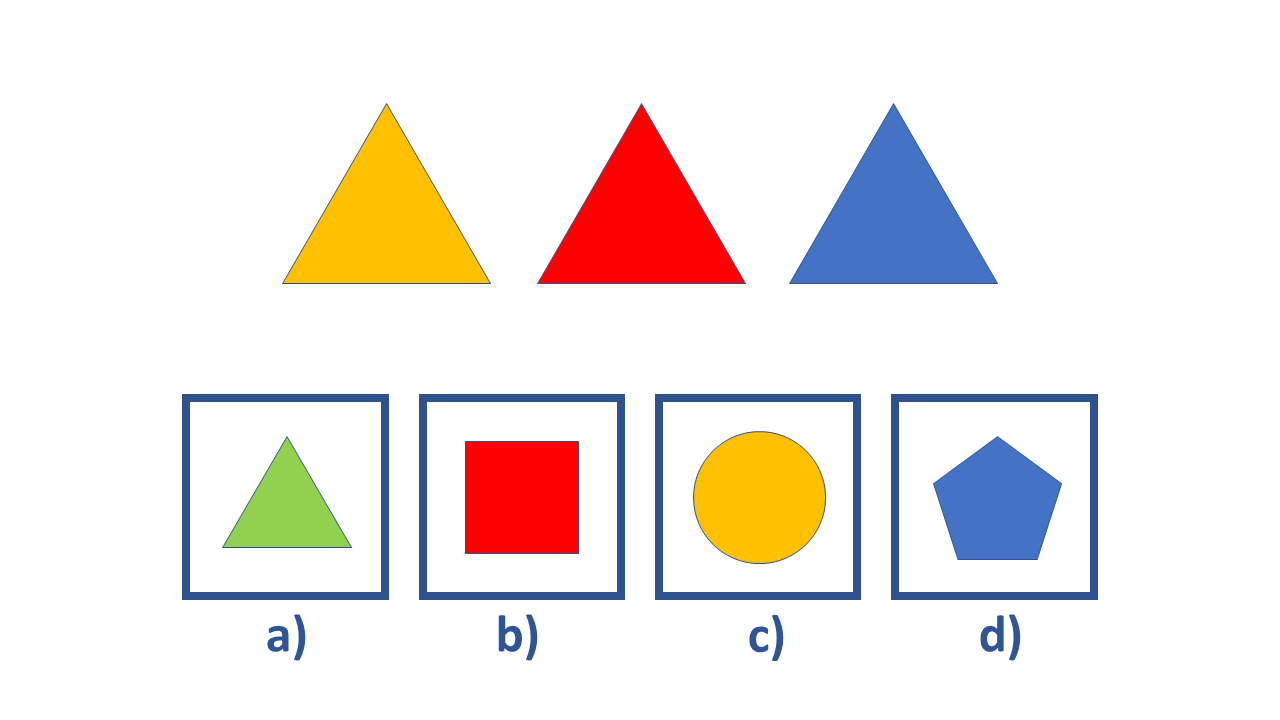

If you want 12-month access to all the practice resources for this test, our partner TestPrep-Online.com offers a Family Membership.
Family Membership gives you access to all the TestPrep-Online resources for the next 12 months. You will also get two separate accounts, which can be very helpful if you have two children preparing for their tests.
CogAT Test Grade 2 Practice Tips
Preparation is important when taking the CogAT grade 2. Here are some ideas for the best CogAT test prep grade 2 to help your child prepare for the test.
Step 1. Learn the Format of the Test
Knowing what to expect from the format of the CogAT is vital. If the test format is unfamiliar, this could cause your child to feel nervous or worried during the test. The best way to approach this is by helping your child to work through some sample CogAT test 2nd grade questions.
Step 2. Work Through CogAT 2nd Grade Practice Test Papers Online
Once your child is familiar with the types of questions on the test, completing a few practice tests can be helpful. This will help them to learn about the time management element of the test. It can also help them to improve their stamina for answering a variety of different test questions in quick succession.
You can find sample CogAT test 2nd grade papers on the TestPrep-Online website.
Step 3. Learn Through Play
You should never underestimate the role of play in learning. One of the best ways to improve your child’s cognitive abilities is through play. You can find game-based assessment ideas on the JobTestPrep website.
Step 4. Don’t Create Pressure
Everyone wants to see their child succeed, but try not to put them under too much pressure. The purpose of CogAT testing 2nd grade is to check your child’s cognitive abilities, but the most important thing is that you support them to do their best.
Aim to schedule between two to three weeks of CogAT test prep grade 2 work before the test.
Your preparation strategy might include a combination of learning through play, practice questions, CogAT grade 2 worksheets and mock test papers.
Try to keep it varied so that your child does not find it boring.
Remember, you can find CogAT grade 2 practice test free papers on the TestPrep-Online website.
Step 5. Ensure They Are Well Rested
Taking care of your child’s health and well-being is always key. In the days leading up to the test, try to prioritize your child’s sleep schedule to ensure they are able to get adequate rest.
Limit social plans in the days leading up to the test so that they do not have too many late nights or early starts.
CogAT stands for the Cognitive Abilities Test. The 2nd grade version of the CogAT test is aimed at children aged approximately eight years old.
It is used to assess a pupil’s cognitive abilities compared with other pupils in their grade. Test results are often used to help allocate pupils to school-based gifted and talented programs.
The test is designed to challenge your child’s cognitive abilities. Very few children will have the required level of cognitive ability to be entered into a gifted or talented program.
If your child is sitting the CogAT test, there are a few steps you can take to help them feel prepared. This might include working through CogAT practice test grade 2 questions, playing educational games and thinking about ways to look after their general well-being. You can find a range of excellent preparation resources for the CogAT test online.
The CogAT is not an IQ test. The CogAT tests non-verbal, verbal and quantitative abilities. It is designed to test reasoning skills linked to academic success. In contrast, an IQ test measures innate aptitude or abilities.
The CogAT test is important for several reasons. It can be used to predict your child’s likely performance at school. It can also be used to highlight your child’s individual strengths so that these can be further developed.
Some schools use the CogAT test to identify pupils suitable for a gifted and talented program. If this is the case, your child must achieve a score that is deemed high enough to be accepted into the program.
Preparing your child for the CogAT is the best way to help them achieve the highest possible score on the test. However, it is important that you do not place too much pressure on them.
Concentrate on showing them what to expect from the test by working on CogAT practice test grade 2 questions together. You might also consider playing some educational games and setting up a mock test so that they know what to expect on the day of the test.
This will depend on your child’s school. Some schools choose to administer the CogAT to all pupils, whereas others only use it for children recommended for joining a gifted and talented program. If you are not sure whether your school uses the CogAT, contact the school office directly.
You can find CogAT sample questions grade 2 online. Visit the TestPrep-Online website to get started.
Your child will have 122 minutes to work through the CogAT test 2nd grade.
The CogAT test 2nd grade has several purposes. It can be used to identify your child’s strengths, predict their future academic success and establish whether they are suitable for the school’s gifted and talented program.
You can find a complete study guide for the CogAT test with free CogAT sample test grade 2 questions on the TestPrep-Online website.
Final Thoughts
By the time they reach 2nd grade, your child will be settling into school life. You and your child’s teachers may have started to identify some of their personal strengths and weaknesses.
Every child is different – some may still be getting used to academic life, while others may be thriving at school. You or the teachers may even have identified that your child has a particular aptitude for certain areas.
Whether your child’s school uses the CogAT test to identify strengths or as part of the admissions process for the gifted and talented program, you will want your child to feel prepared and confident about taking the test. You can achieve this by supporting them with their preparation.
This might include helping them to answer practice questions or setting up a mock test for them to complete. To keep things light, try adding in a few educational games.
If you are looking for online resources, head to the TestPrep-Online website to find CogAT sample questions grade 2.



